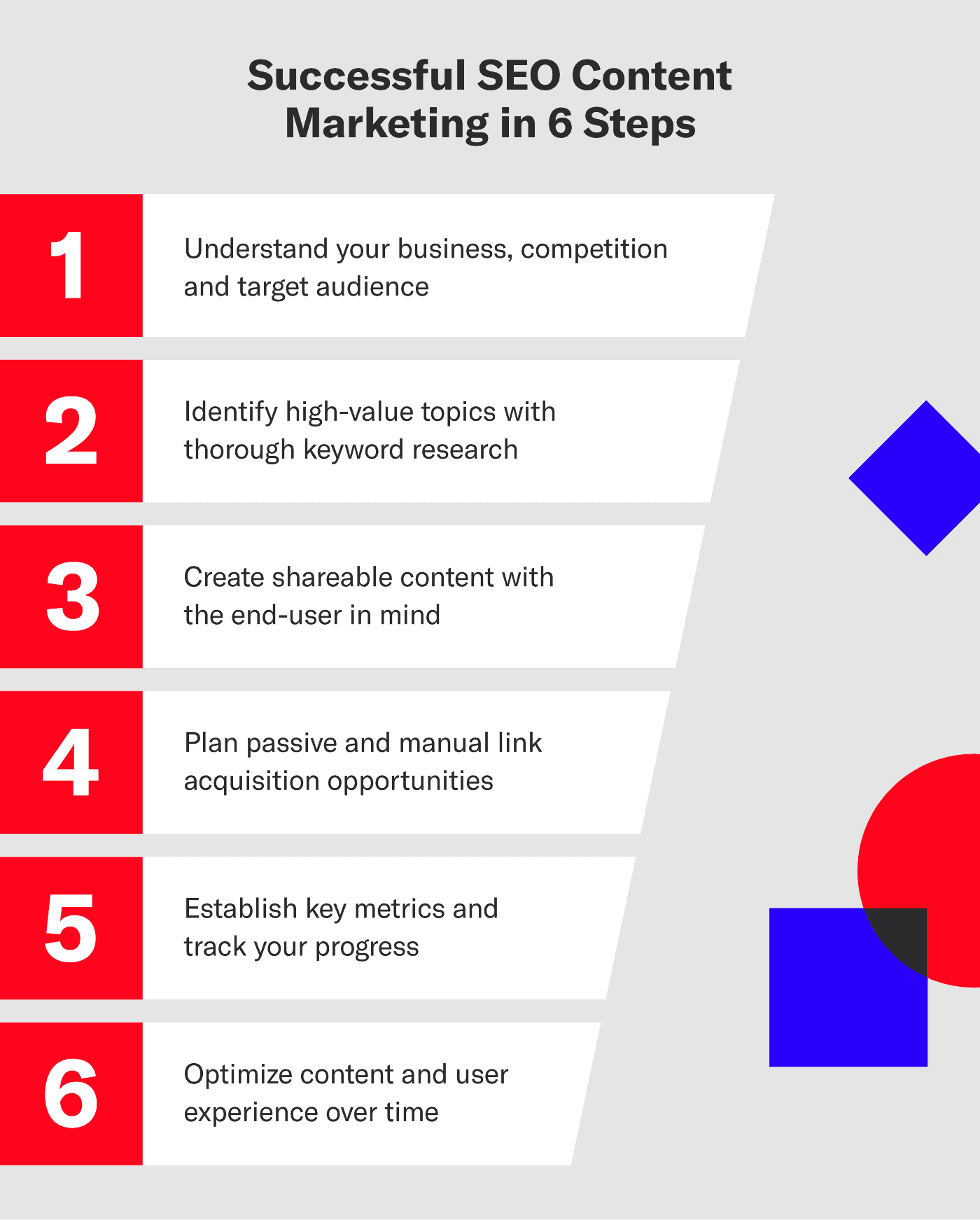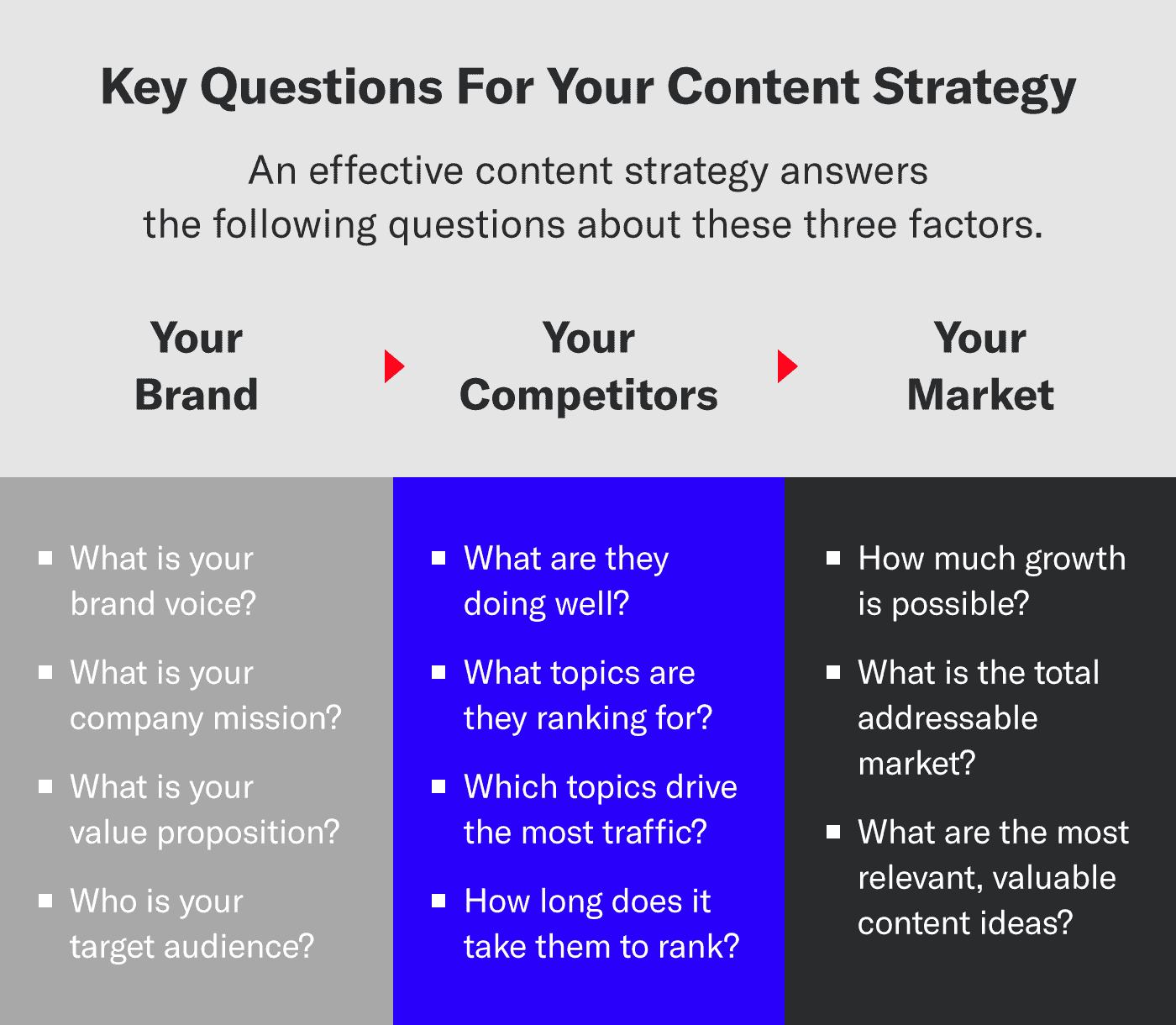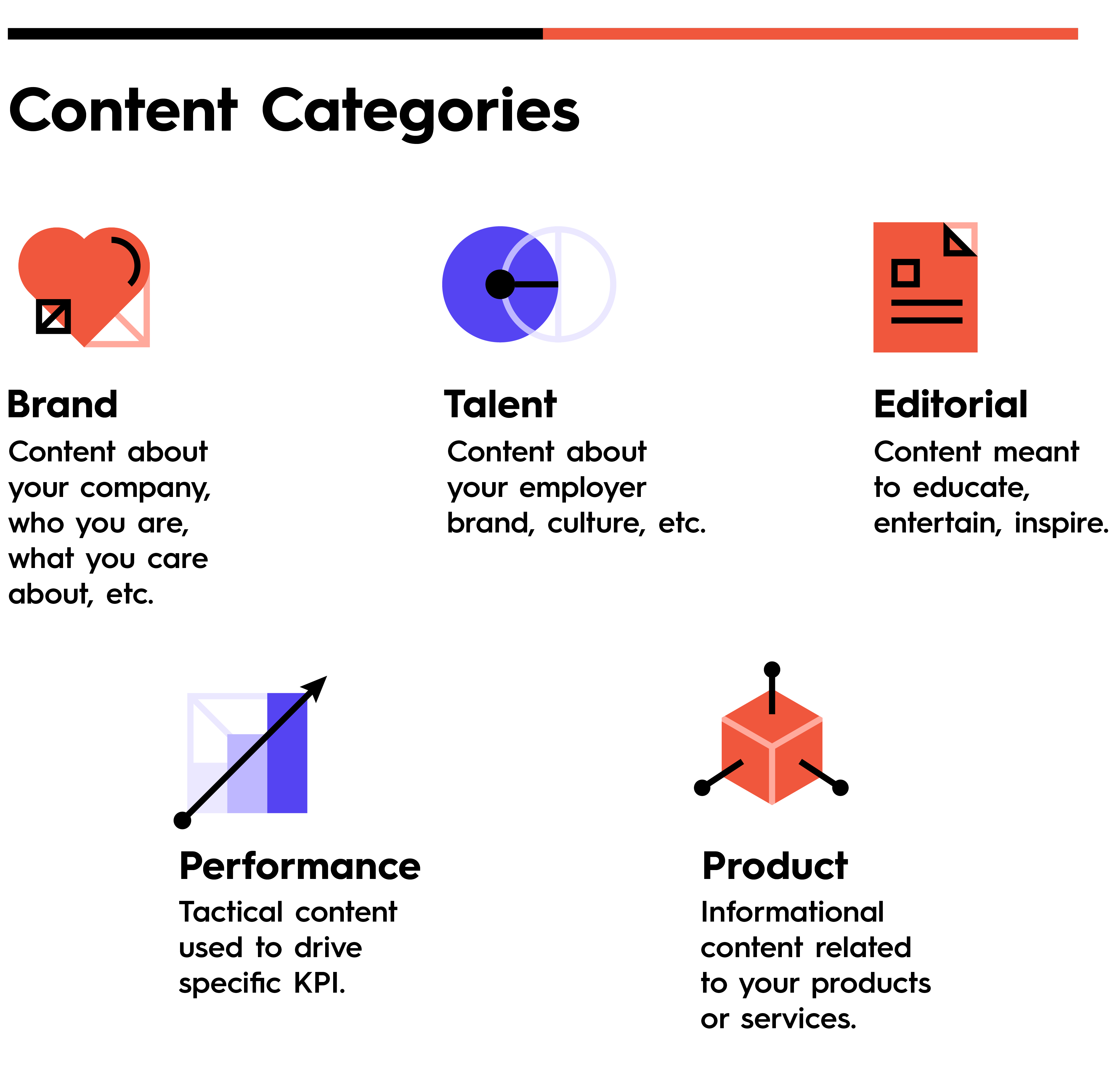Content Strategy Agency: A Complete Guide to Enhancing Your Identity
Content Strategy Agency: A Complete Guide to Enhancing Your Identity
Blog Article
Gauging the Success of Your Web Content Method: Crucial Metrics to Track
In the world of electronic advertising and marketing, the performance of a material technique is commonly evaluated with numerous metrics that mirror both reach and effect. While traffic metrics give a fundamental understanding of audience engagement, it is the mix of engagement and conversion metrics that genuinely exposes the depth of material vibration and its financial ramifications.
Website Traffic Metrics
In the realm of web content strategy, recognizing web traffic metrics is important for reviewing the effectiveness of electronic campaigns. These metrics offer understandings right into user habits, aiding companies identify the reach and effect of their web content. Key web traffic metrics consist of web page views, distinct site visitors, and session duration, each offering unique point of views on target market involvement.
Page sights indicate the overall number of times a webpage has actually been checked out, while distinct site visitors gauge the number of distinctive individuals accessing the web content, thus eliminating replicate counts. Tracking these two metrics with each other enables an extensive understanding of web content consumption patterns. Additionally, session duration discloses the length of time customers are engaging with the web content, supplying understandings into its relevance and engagement level.
This information is crucial for refining advertising and marketing methods and optimizing content circulation channels. By focusing on web traffic metrics, organizations can evaluate the visibility of their material, determine trends, and make informed choices to enhance general content strategy efficiency.
Involvement Metrics
While traffic metrics offer beneficial insights into customer reach and habits, engagement metrics supply a much deeper understanding of exactly how target markets engage with web content once they arrive. These metrics are crucial for analyzing the high quality of user interactions and the overall efficiency of a web content technique.
Key engagement metrics include time on page, scroll depth, and social shares. Time on page indicates for how long individuals spend consuming web content, which can expose its importance and charm. Scroll deepness determines exactly how much down the web page users scroll, supplying insights into material structure and readability. Social shares show the level of resonance with the audience, highlighting material that motivates customers to show to their networks.
Furthermore, comments and user-generated material can work as indications of audience interest and involvement. High interaction levels typically correlate with boosted brand commitment and campaigning for, as customers who communicate with web content are a lot more likely to recommend the brand and remember.
Conversion Metrics
Just how properly does your web content drive wanted actions from your audience? Conversion metrics are essential for assessing the effectiveness of your web content method in convincing individuals to take particular actions, such as enrolling in an e-newsletter, buying, or downloading and install a source. By tracking these metrics, you can identify the roi (ROI) of your web content initiatives and determine areas for improvement.
Trick conversion metrics include conversion price, which gauges the portion of visitors that complete a desired activity, and the average order worth, which suggests the typical quantity spent by consumers. Furthermore, tracking lead generation metrics, such as the variety of leads acquired via web content, can supply insight right into the efficiency of your material in nurturing leads down the sales funnel.
Another important metric is consumer procurement expense (CAC), which examines the overall price linked with obtaining a new customer with your material initiatives. Content Strategy Agency. By evaluating these metrics, you can make data-driven choices to optimize your web content strategy, fine-tune your messaging, and boost calls-to-action, eventually leading to boosted conversions and company development
SEO Performance

First, organic web traffic works as a primary indication of SEO success, reflecting the variety of visitors arriving at your website with search engine outcomes. Evaluating natural traffic fads over time can disclose the performance of your optimization initiatives.
Second, keyword positions are crucial as they indicate how well your material performs for targeted search terms (Content Strategy Agency). Keeping track of changes in positions can aid you refine your key phrase technique and focus on content enhancements
Third, click-through price (CTR) is vital, as it determines the percent of users that click your web link after seeing it in search engine result. A high CTR indicates that your titles and meta descriptions are engaging and relevant to customer queries.
Social Media Site Impact
What function does social media sites play in boosting content strategy metrics? Social media functions as a powerful amplifier for content distribution, considerably affecting involvement, reach, and brand name understanding. By tracking social media sites metrics such as shares, likes, go to website remarks, and general engagement prices, organizations can assess the performance of their web content strategy and identify what reverberates with their target market.
Additionally, social networks systems supply useful group understandings, allowing firms to tailor material to particular target market sectors. Keeping an eye on recommendation traffic from social networks to the website additionally assists in understanding the conversion capacity of social media projects. The correlation in between social networks interactions and internet site performance can reveal the performance of material in driving user actions.

Conclusion
To conclude, gauging the success of a web content technique requires a comprehensive evaluation of different metrics. Web traffic metrics expose the reach of content, while involvement metrics Full Report give understandings into target market interaction. Conversion metrics evaluate the economic effects of material initiatives, and SEO performance suggests visibility in internet search engine. Evaluating social media effect highlights the effectiveness of material circulation. Collectively, these metrics promote informed decision-making and optimization of web content techniques to achieve preferred results.
While website traffic metrics give a fundamental understanding of audience engagement, it is the combination of engagement and conversion metrics that absolutely discloses the deepness of material resonance and its economic implications. By concentrating on traffic metrics, organizations can evaluate the exposure of their content, recognize trends, and make educated decisions to improve total web content method performance. By tracking social media metrics such as shares, likes, remarks, and total involvement prices, companies can determine the performance of their web content approach and determine what reverberates with their audience.
In recap, leveraging social media influence metrics not why not try these out just boosts the understanding of material efficiency however additionally educates future web content creation, making certain placement with target market preferences and optimizing general strategy effectiveness.

Report this page